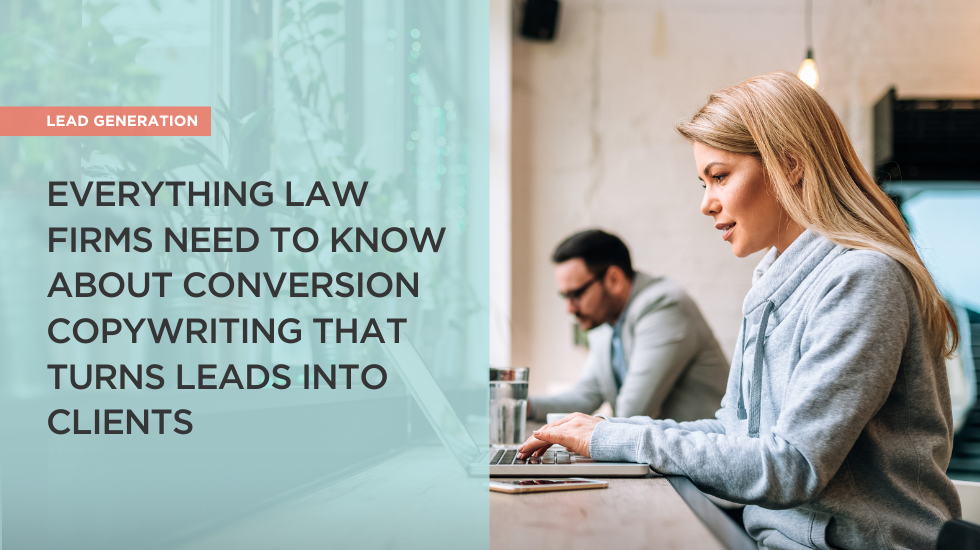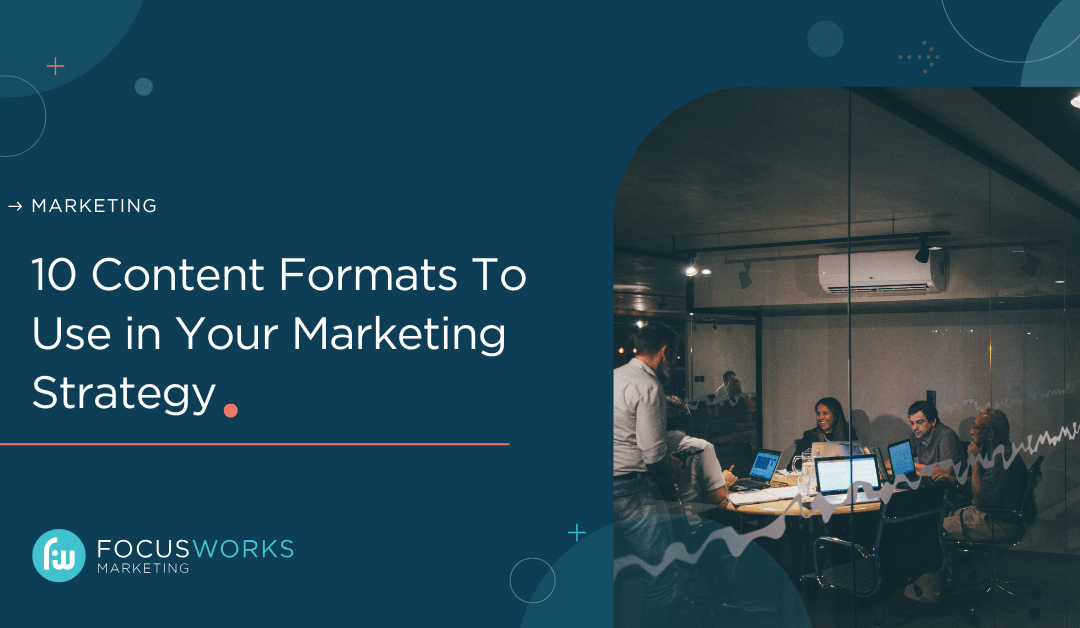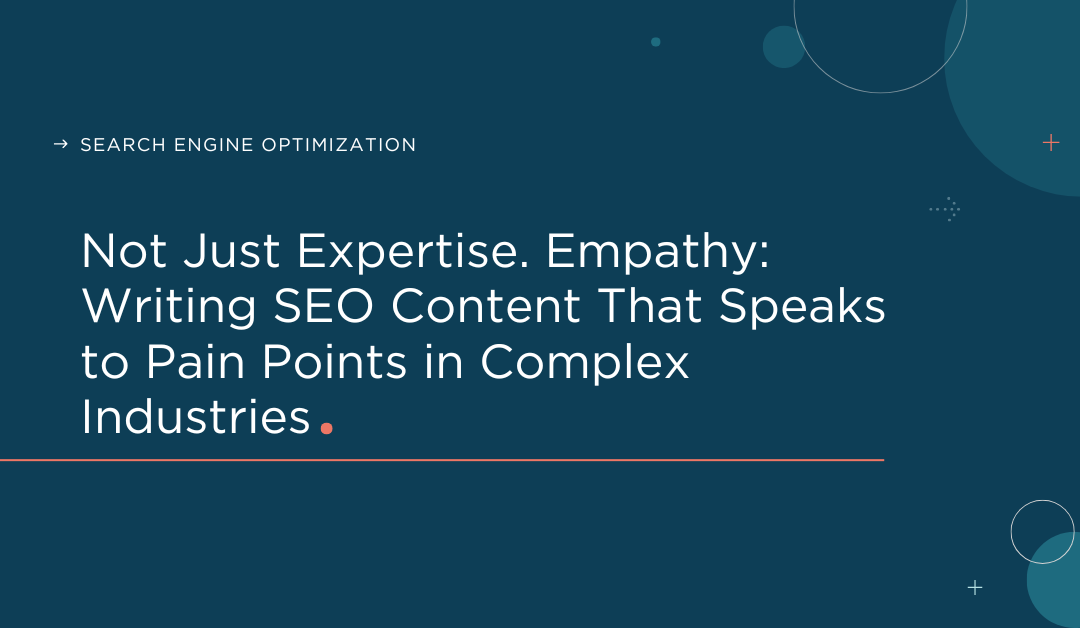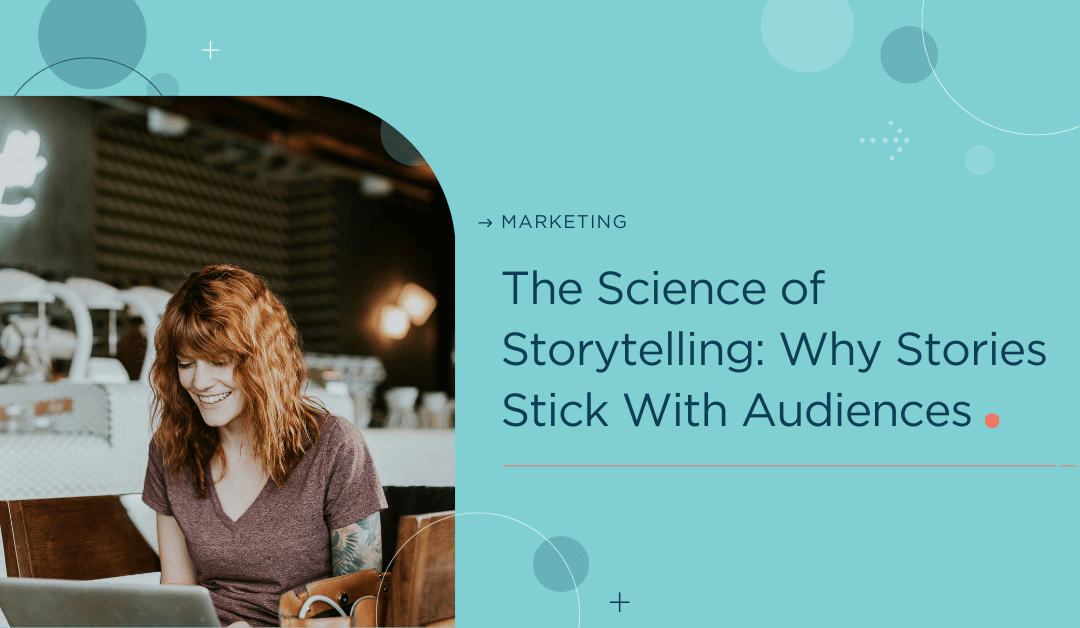Find a good service provider—whether an attorney, a dentist, or a feng shui expert to help redesign your office—can be tough. You want someone who has experience, someone who listens to you, someone who can help you take care of your problem.
But it’s a wild, crazy world out there and unless you’ve got a well-connected professional network, you may have to venture out and find someone.
So how exactly did you settle on the last business you hired online? What gave them that winning edge?
There were probably lots of factors. Maybe you read rave reviews on Google. Maybe you checked out their social media feed to get a sense of who they were and how they worked. Maybe you scoured their website for details (and maybe a deal).
Or maybe you just went with the top-ranking search result. (If so, you’re in good company!)
Regardless of how you picked them, you engaged in the process of converting from a lead to a client, a process that is supported by a key element of marketing: conversion copywriting. And for law firms looking to get more clients and scale their practice, it’s an essential skill to learn.
What is conversion copywriting?
Conversion copywriting is content that drives readers—in your case, potential legal clients—to take a specific action. This could be any number of things: subscribing to a newsletter, filling out a contact form, or scheduling a consultation.
Completing the desired action is what marketing pros refer to as conversion. Conversion copywriting differs from non-conversion copywriting because it uses uniquely persuasive language that:
- Highlights the problems being solved by their service or product
- Addresses potential client objections
- Differentiates themselves from competitors
- Builds trust with potential clients
There are a wide range of tactics that can be employed with conversion copywriting, such as scarcity, urgency, and the fear of missing out (FOMO). These tactics create a sense of urgency and motivate readers to take action.
But how does this translate to turning site visits or online research into new clients for you?
Three steps to jumpstart your conversion copywriting
Even if your law firm is already creating regular blogs, adding new practice area pages to your website, or posting regularly on social media, you may not still be using conversion copywriting.
Conversion copywriting—at least good conversion copywriting—is a process that requires thorough planning. To create the most impactful copy and increase your chances of converting leads, follow these steps.
1. Research your target audience
Before attracting new clients to convert in the first place, your law firm marketing as a whole should understand its client base.
- Who are your ideal clients?
- What kind of legal services do they need?
- What are the common questions they have?
- What problems are they dealing with?
- What barriers do they have to securing legal services?
- How can legal services eliminate their problems and improve their lives?
How do you gather this information, though? Some of our favorite options are:
- Client interviews
- Surveys and polls
- Review mining
- Website analytics
- Competitor audits
(As you conduct your audience research, make sure you keep it organized. Spreadsheets work wonders in tracking, categorizing, and managing this data in an accessible format—and for putting it to work for you once you’re ready!)
What this means for conversion copywriting
Understanding your target audience helps you identify messaging that will resonate with them. Amidst all the data, look for information that will help move your leads from “still thinking about it” (or, worse, “no thanks”) to “YES!”
Researching your target audience will also help you better position your firm against competitors. Review mining and competitor audits are especially useful for pinpointing gaps in between what you offer and your competitors, as well as hidden pain points.
For example, your rival business litigation practice brags about its courtroom prowess. On the other hand, their Google reviews indicate clients have been frustrated about lengthy trials. You can use that information to build messaging around your skills in negotiating settlements.
2. Chart the buyer’s journey
Once you understand who your target audience is and what their needs are, it’s time to look at how your potential audience might interact with your law firm. That means looking at the buyer’s journey.
There are three stages to the buyer’s journey, each requiring different types of content:
- Awareness: your potential client is researching solutions to a problem. At this stage, some leads may be sophisticated and have a more detailed understanding of their problems. Others may still be figuring out how to articulate their issues.
Your content during this stage should focus on educating on their problems rather than immediately converting them. (Heavy-handed, salesy tactics during this stage can be offputting to potential clients.)
- Types of content to use:
- Blogs
- Social media
- eBooks
- Newsletters
- Types of content to use:
- Consideration: your lead is aware of the different solutions available. They are likely comparing different law firms and are increasingly aware of differentiators between them.
Although there is still a strong emphasis on education during this stage of the buyer’s journey, content during this stage can begin to showcase your specific services and differentiate your practice from competitors.
- Types of content to use:
- Videos
- Guides
- Case studies
- Podcasts
- Email newsletters
- Types of content to use:
- Decision: your lead is getting ready to make their final decision for a law firm. They typically have a short list of practices they’re considering.
Content should now begin to encourage leads to consider your firm as their solution. Lean into your differentiators!
- Types of content to use:
- Testimonials
- Reviews
- White papers
- Types of content to use:
A note on different content formats: the effectiveness of different content types may depend on your practice area. For example, if you serve family law clients, your leads may be less interested in pursuing a lengthy white paper. On the other hand, if you are focused on intellectual property, white papers may be an excellent way to demonstrate your experience.
What this means for conversion copywriting
Your content should speak to the information you’ve gathered on your target audience. By incorporating this information, you accomplish several important goals:
- You reinforce effective messaging and brand positioning
- You provide potential clients with the information they need to make an informed decision
- You build trust in your experience and authority in your practice areas
(If this sounds abstract, that’s okay! It takes practice to seamlessly integrate research into copy. Refer to that research spreadsheet we encouraged you to create earlier as you go.)
3. Build the right call to action
You can build out the best, most engaging, most pain-point-aware content ever crafted—but you’ll have a hard time getting your leads to make the leap without well-deployed calls to action (CTAs).
CTAs are the final push that turns leads into clients. They tell your prospects what you’d like them to do next. They are indispensable to conversion. They are also notoriously tricky to get right.
What makes a good CTA isn’t just telling a lead what to do. It’s doing it in a way that aligns with:
- Your prospect’s needs and goals
- Where they are at in the buyer’s journey
- Your branding and messaging
There’s a wide, wide world of uninspired CTAs on the internet. Don’t add to the mountains of “learn more” or “click here”! While your CTA should be clear, it’s also an opportunity to emphasize the value they’ll get from connecting with you.
For example:
- Boring CTA: Contact our attorneys
- Better CTA: Connect with legal support
- Great CTA: Let’s talk about your case
To add to their complexity, CTAs aren’t just about copy. They also require careful design and implementation on your blog, website, and social media. For example, the color and placement of a CTA button can make the difference between a website visitor scheduling an appointment…and thinking twice about it.
Want to learn all about what makes a great CTA? This article will have you crafting compelling CTAs in no time.
What this means for conversion copywriting
For any given law firm, you may have multiple CTAs. You might want leads to:
- Follow your social media channels
- Download an eBook
- Sign up for a newsletter
- Schedule a consultation
It’s important thing is to place these CTAs strategically, though.
If you have a blog that’s intended to build awareness, it may be easier to get a lead to sign up for a newsletter than schedule a consultation. If you’ve already gotten them to download an eBook, don’t waste your CTA on asking them to follow you on LinkedIn—urge them to schedule a consultation.
FocusWorks is writing content that converts
Don’t shortchange your copywriting! Incorporating conversion copywriting into your content is an important step in helping your law firm connect with leads and turn them into clients.
But we get it. Attorneys have limited time and energy to spend crafting highly converting copy. We partner with law firms of all sizes to help them create, fine tune, and implement conversion copy for the full spectrum of digital marketing content. We specialize in copy for:
- Practice area pages
- Home pages
- Blogs
- Downloadables
- Social media
- Email automations
Want to learn more? Get content that converts™ when you start with a call.



